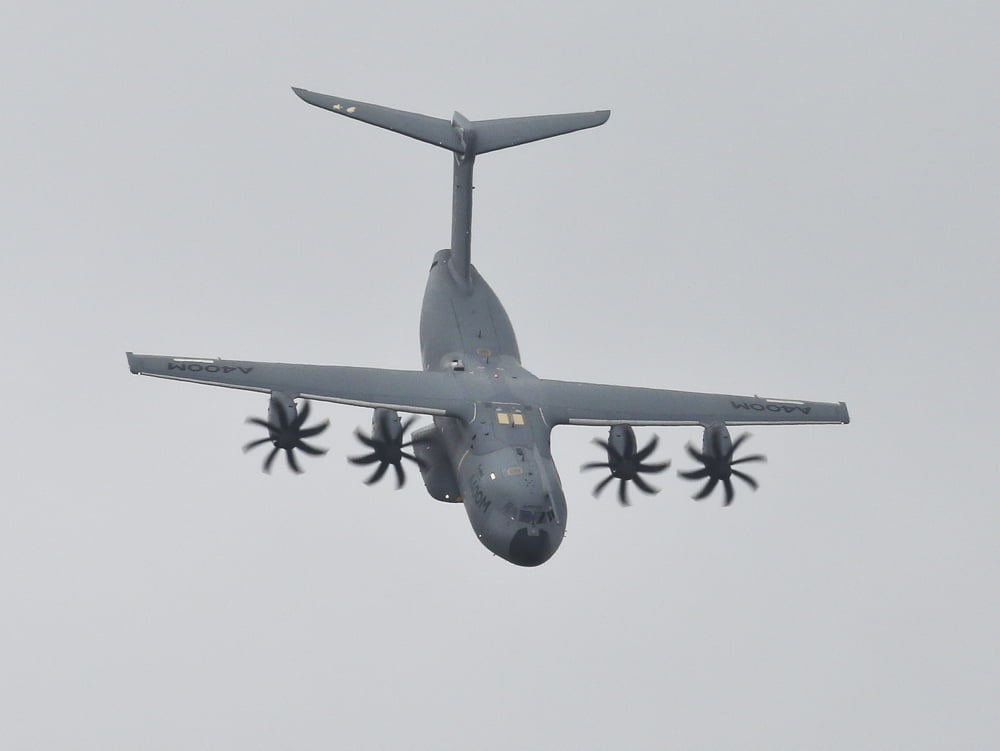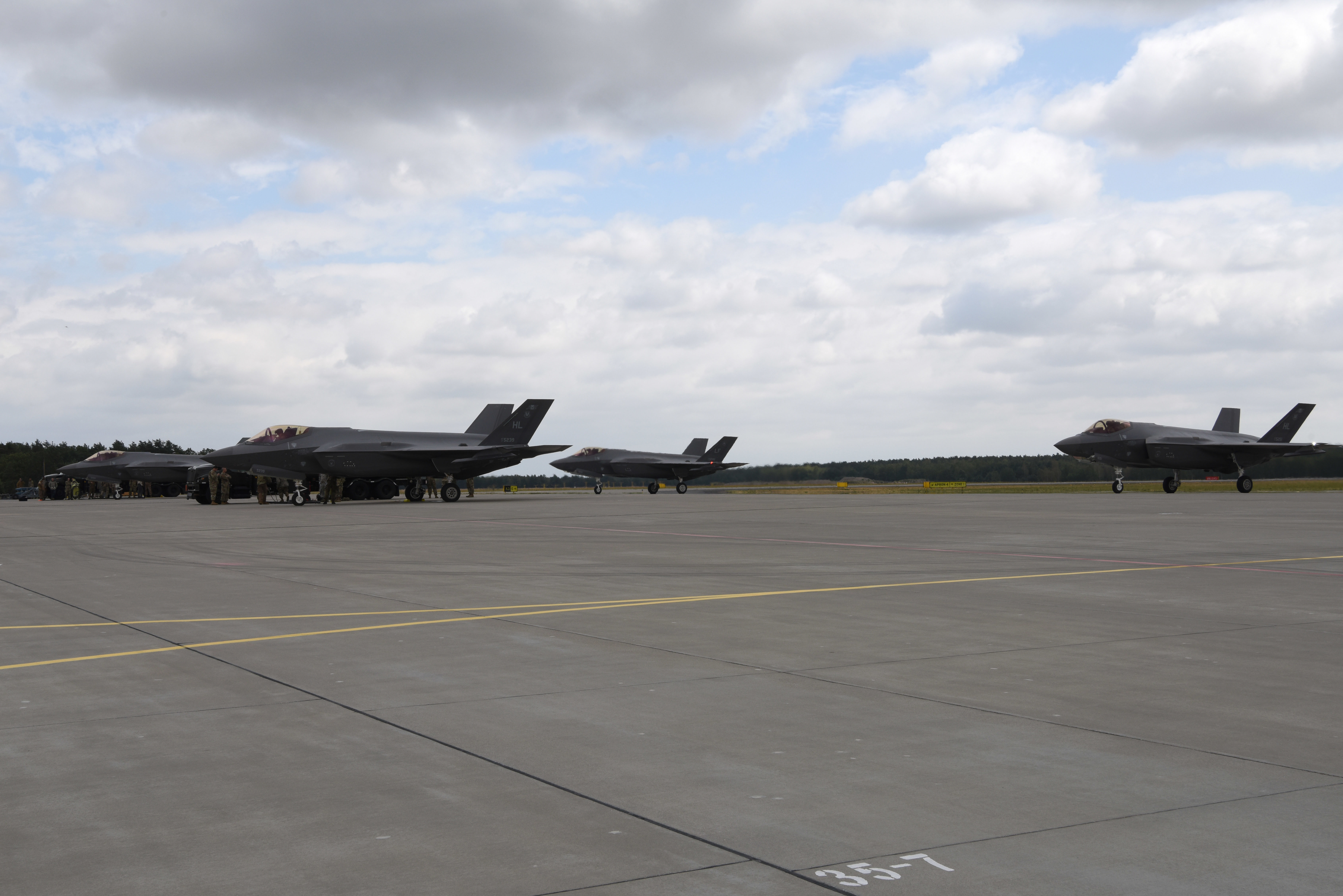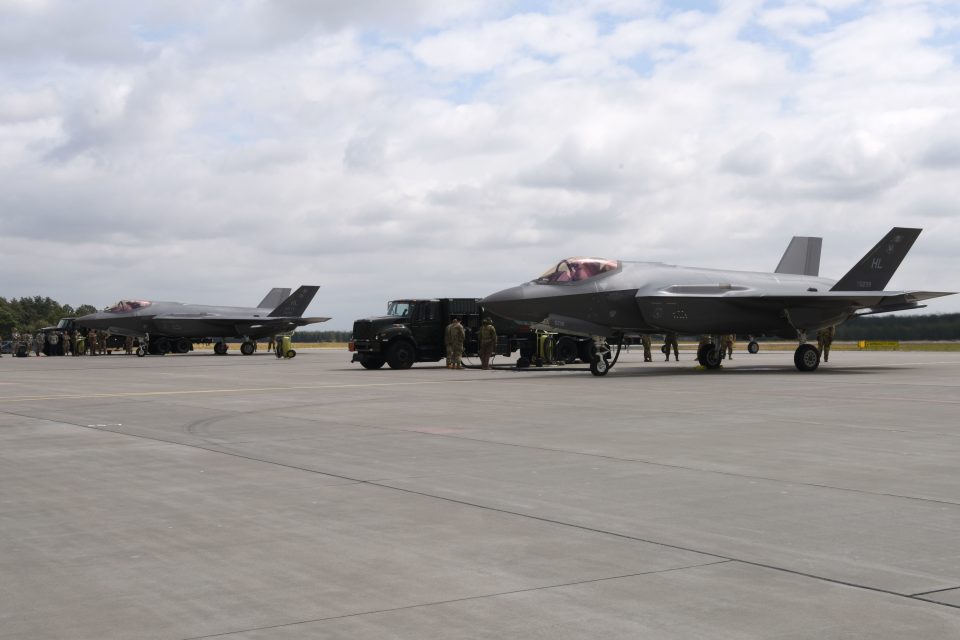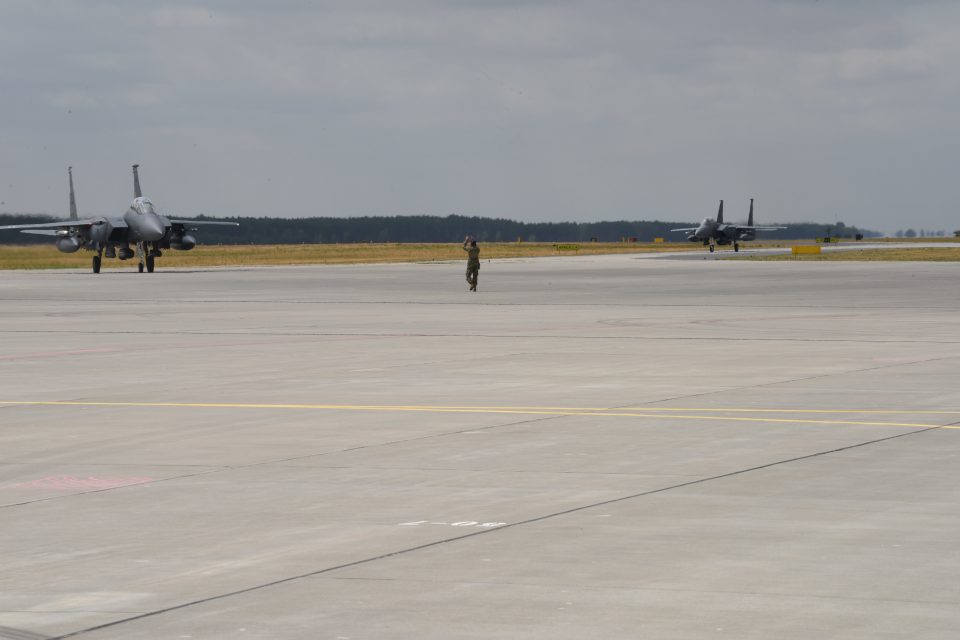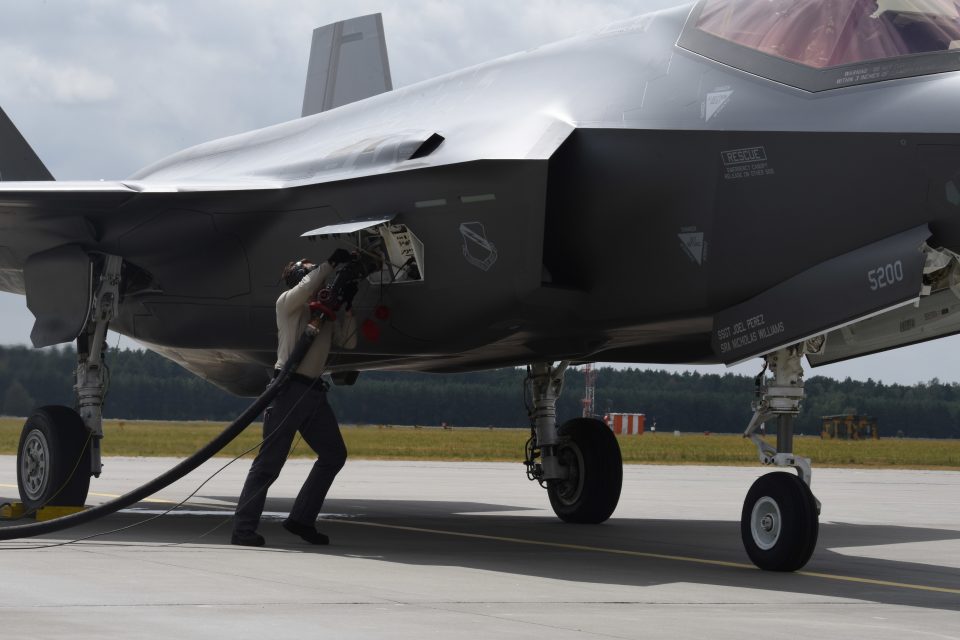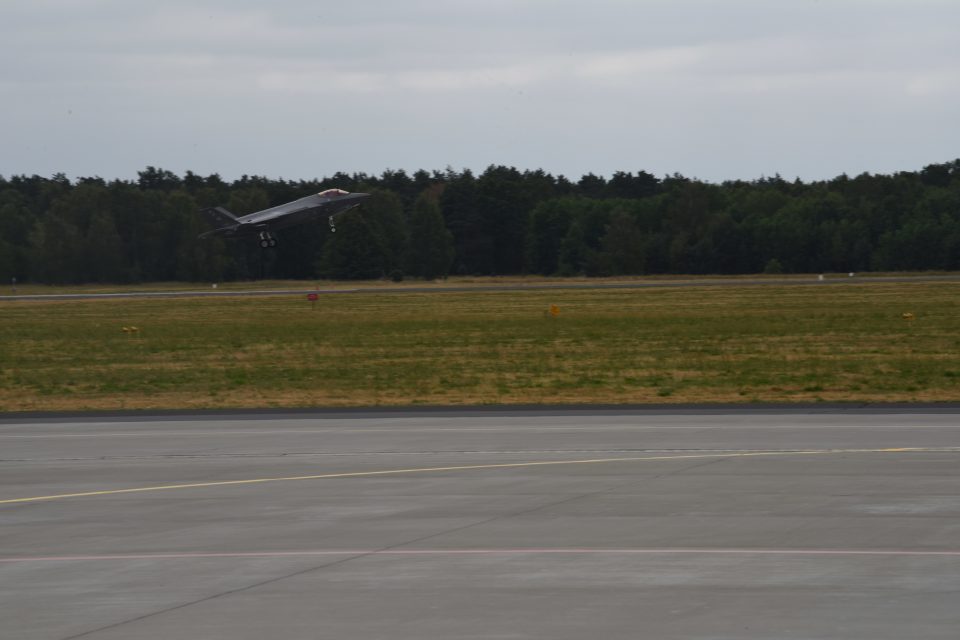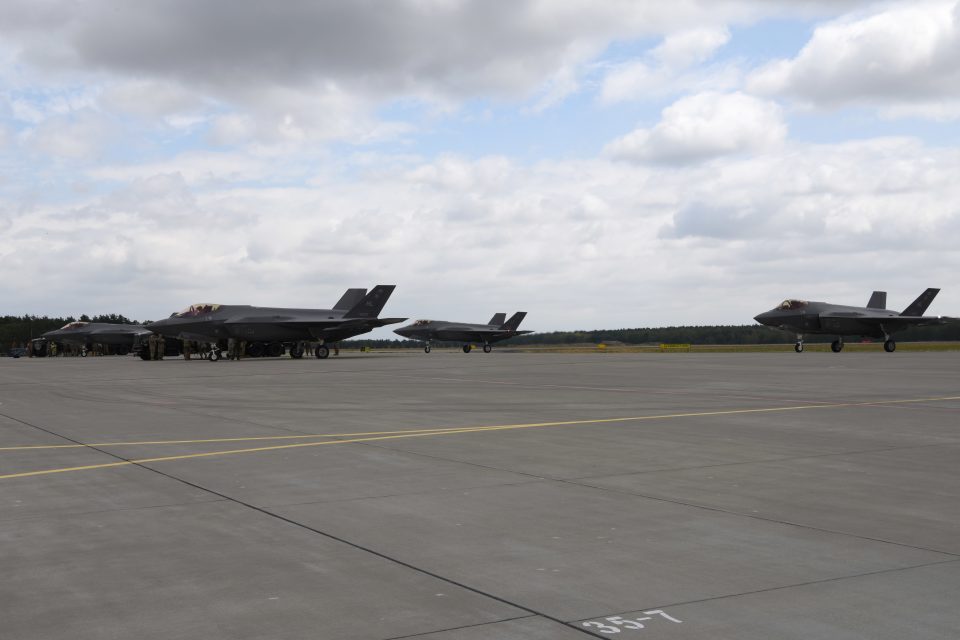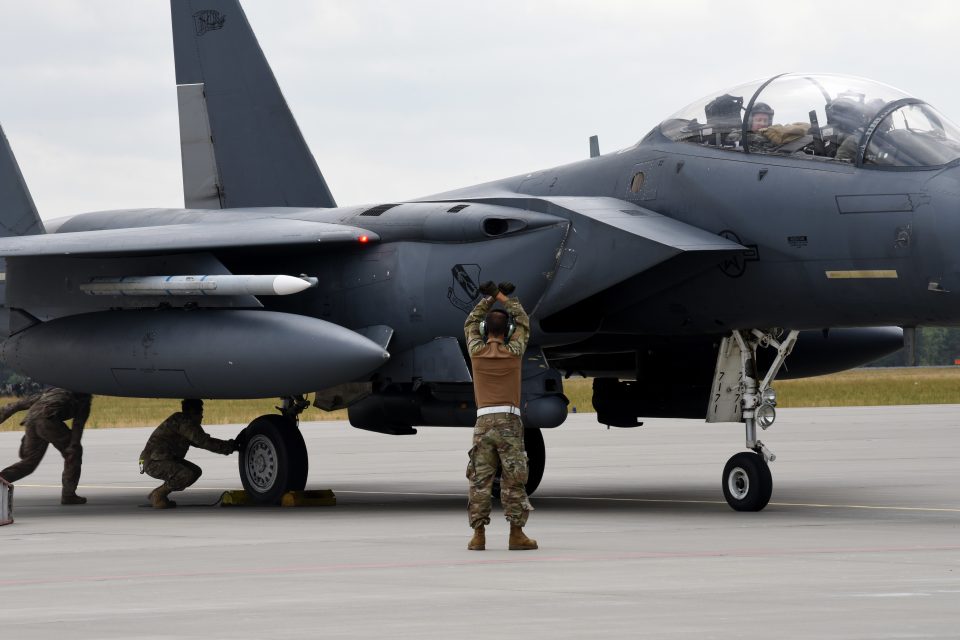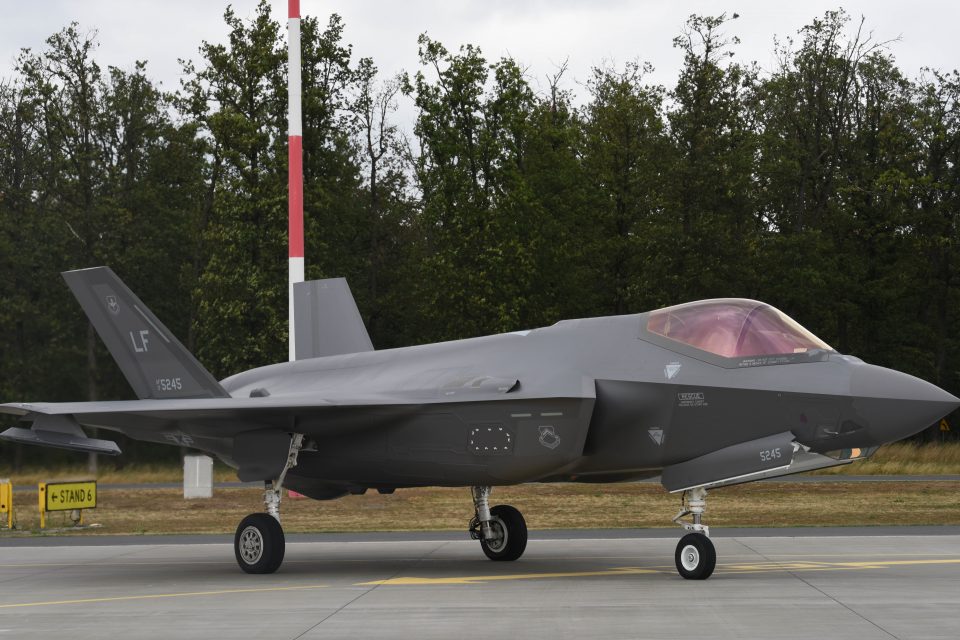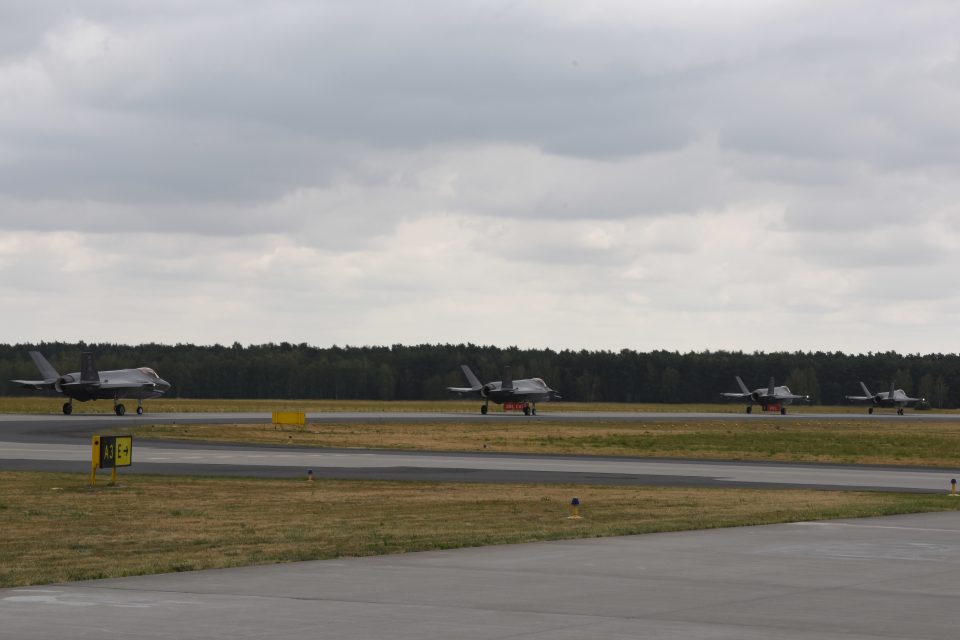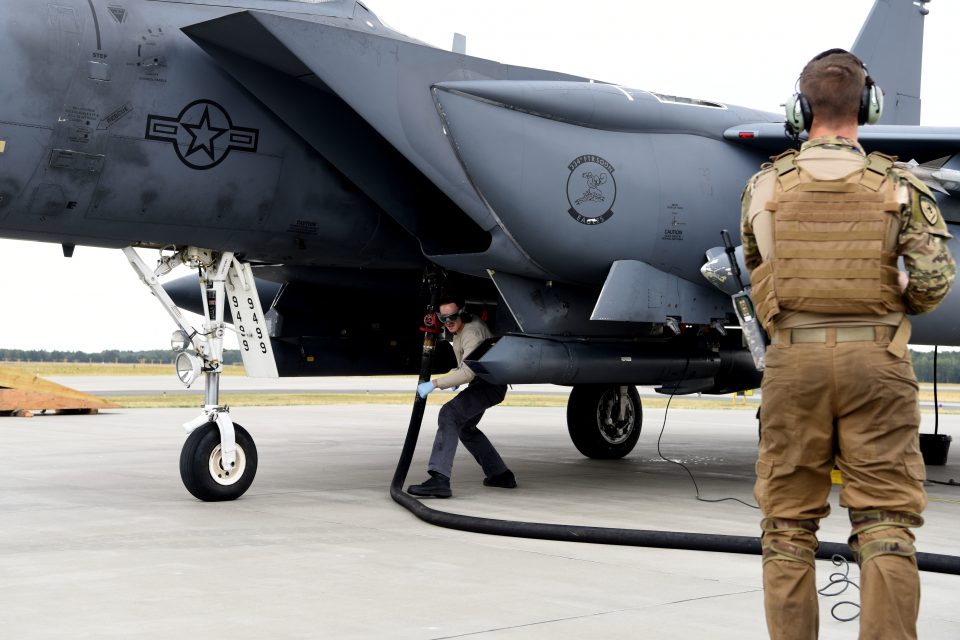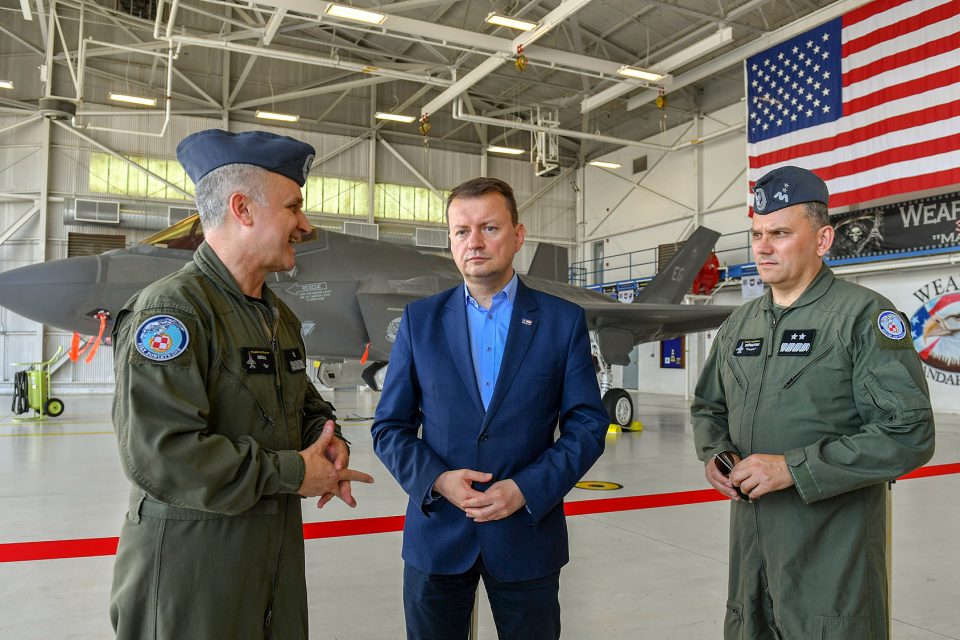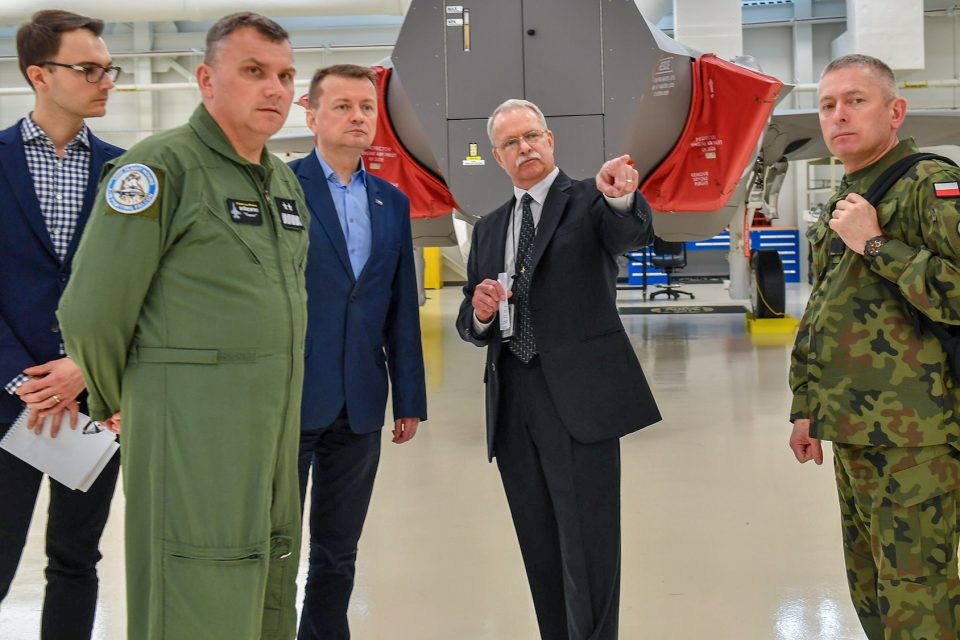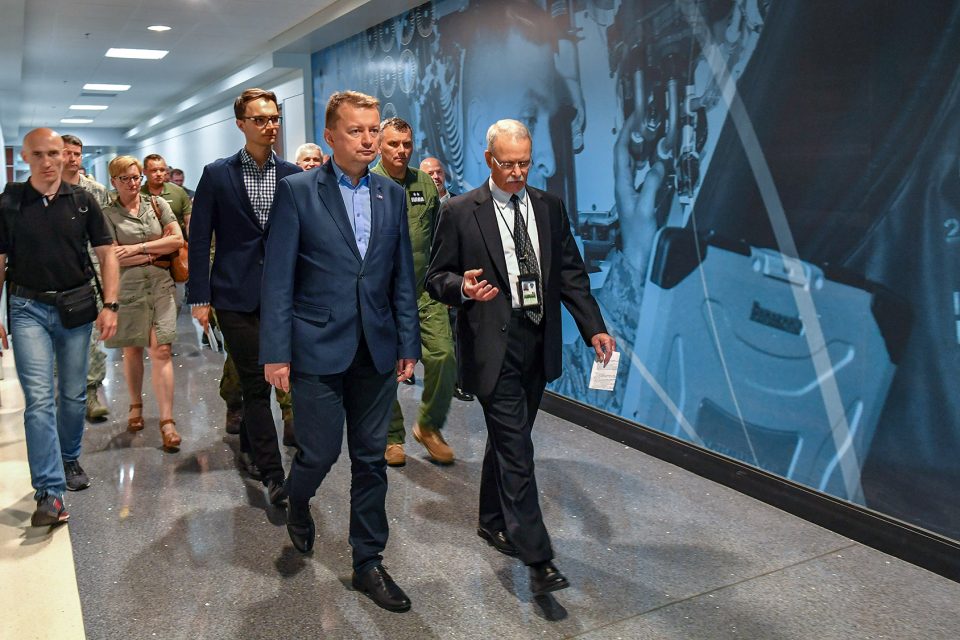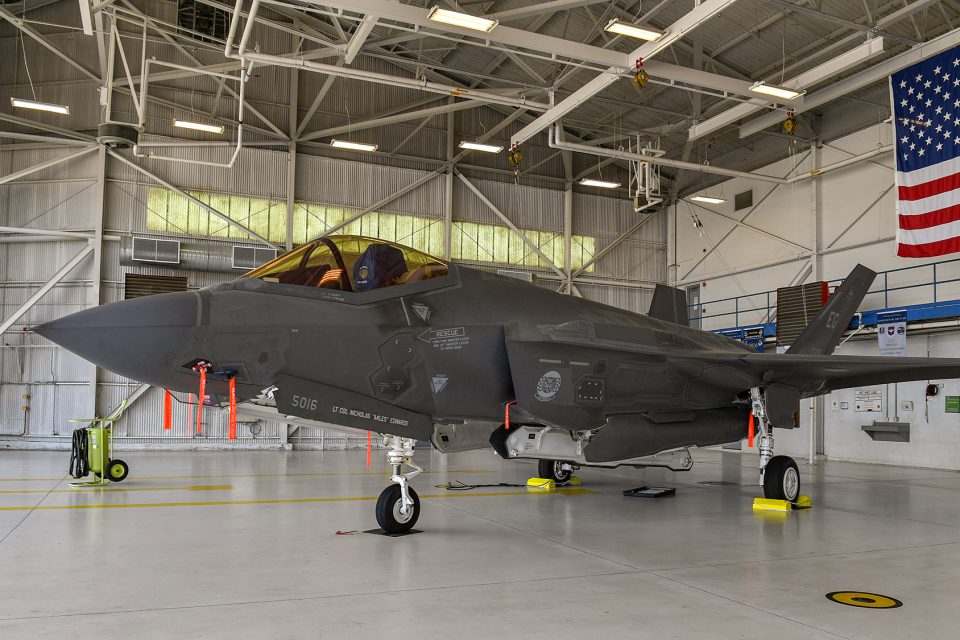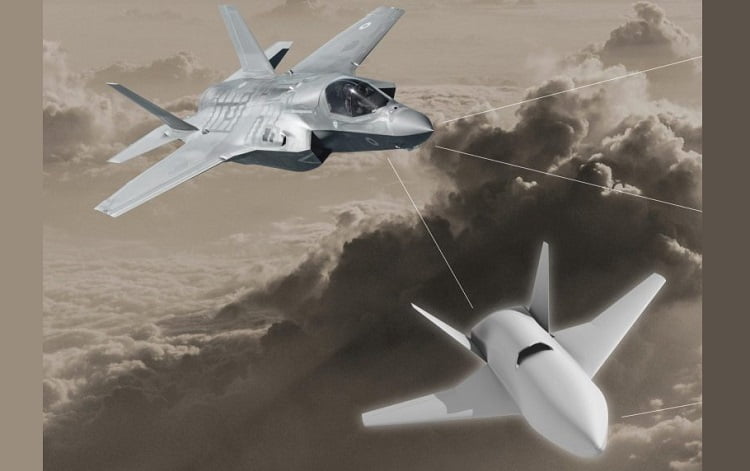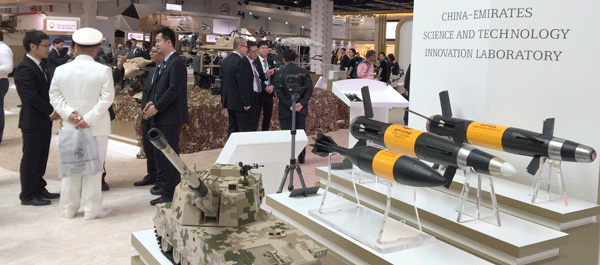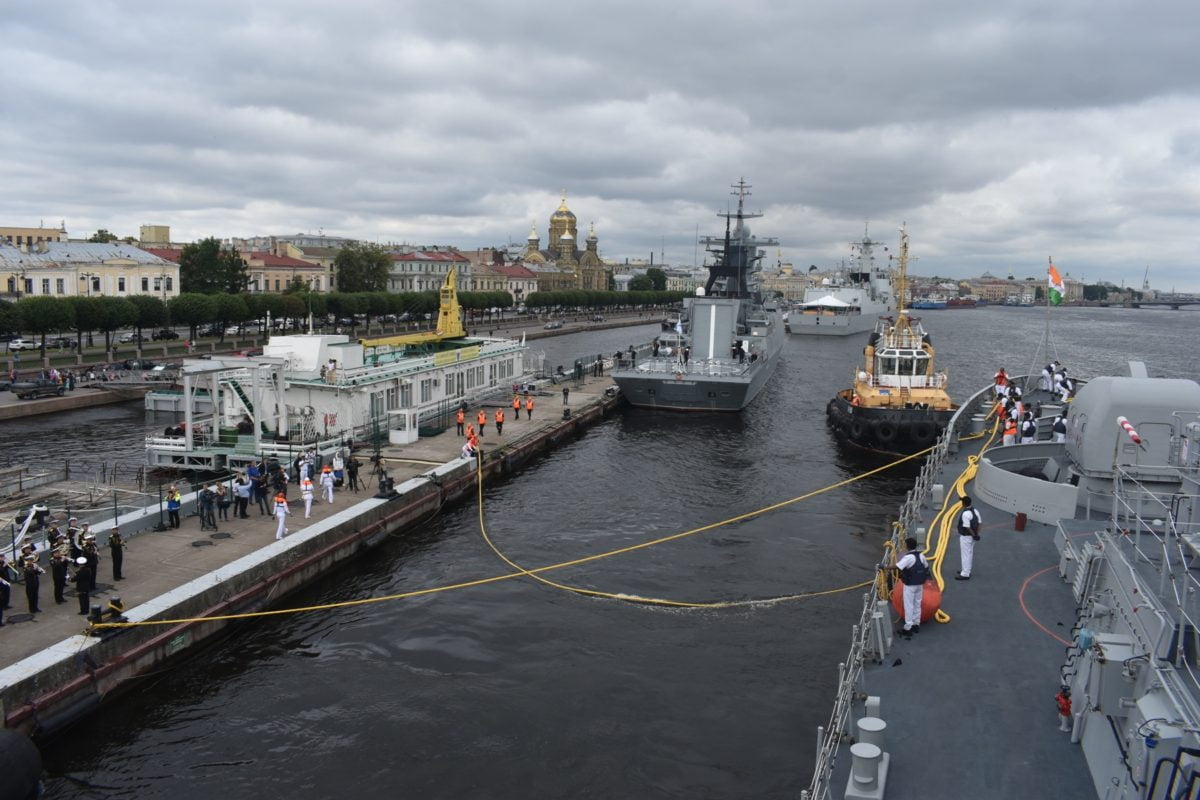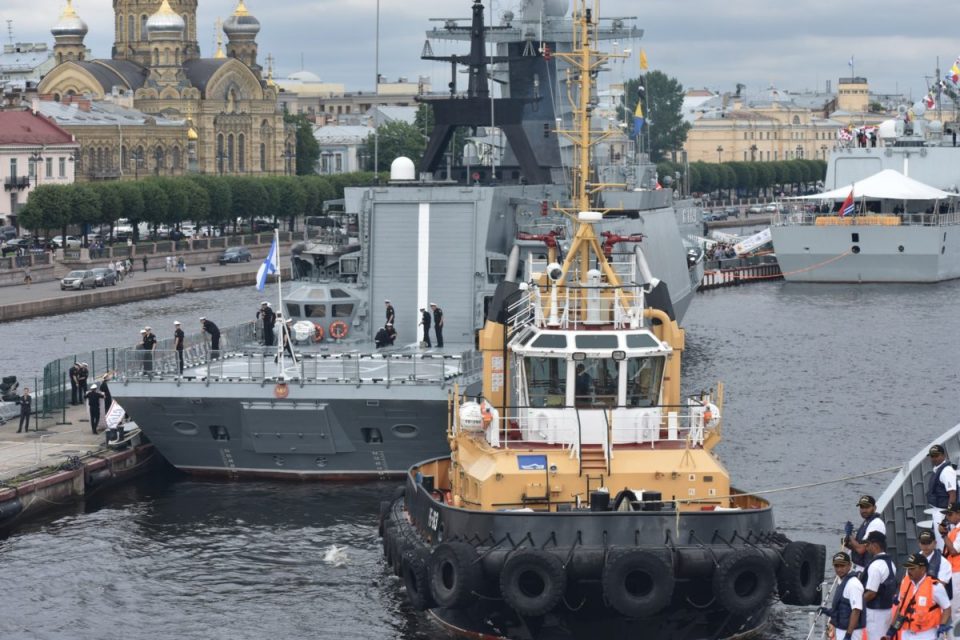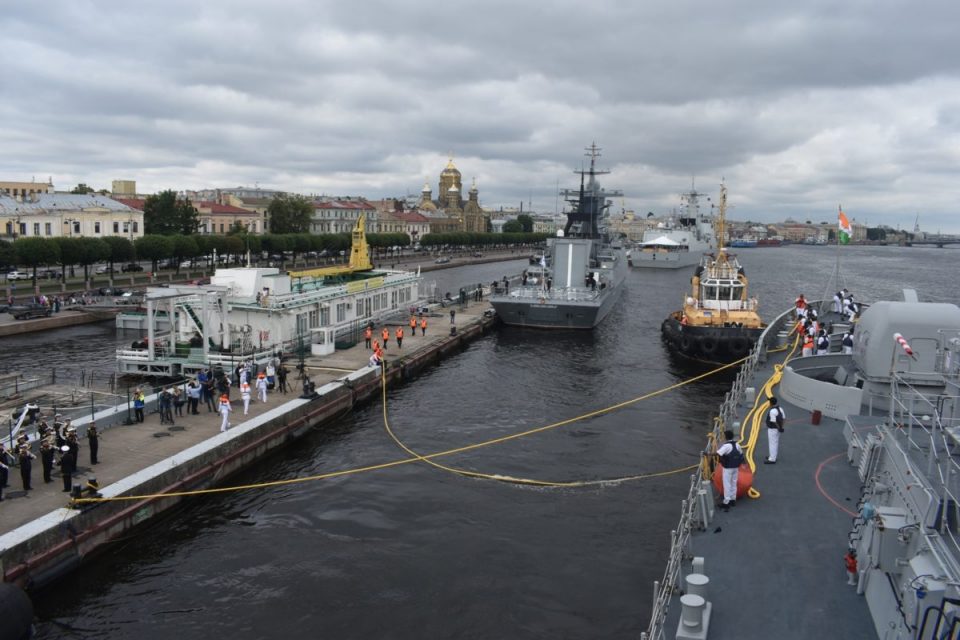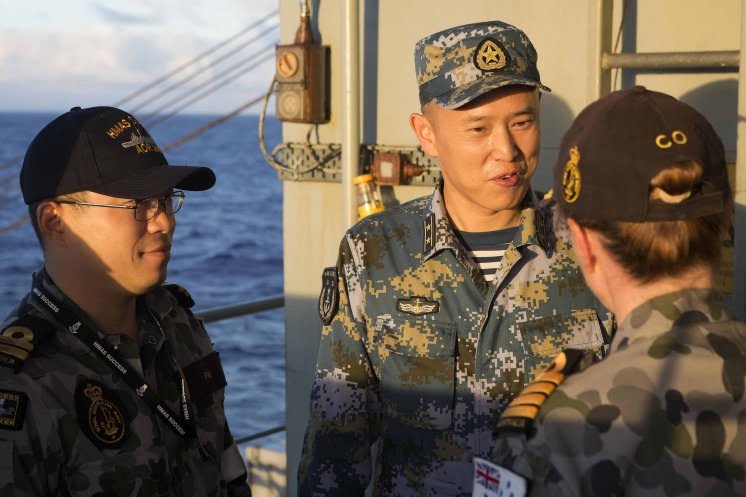In our recent report on Australian and UK defence transformation, we highlighted the opportunity for the two nations to collaborate on a number of efforts, one of which is a remote platform or family of platforms to worked with manned platforms, notably in the Australian case with its loyal wingman flying with the F-35.
We noted in that report, that the loyal wingman program was part of the Australian effort as well to ramp up their indigenous development and manufacturing capabailities.
Part of the defense rethinking going on in Australia involves finding ways to enhance a sustainable fifth generation force. Building out a lethal and effective offensive-defensive force, which can expand the perimeter for the defense of Australia and provide for allied extended deterrence, is a core focus of ADF modernization.
To do so in a crisis management situation needs a serious look at how long Australian operations could be sustained if a determined adversary sought to disrupt imports into Australia to support a modern society and a modern combat force.
The sustainment issue could be solved in part by enhanced domestic manufacturing capabilities and sustainment approaches, such as the projected shipbuilding effort or the F-35 regional support hub.
But clearly, there is an opportunity as well to build out manufacturing in Australia and with the ranges and potential workforce augmentations, missiles and unmanned air vehicles would be a clear area of interest, not just for Australia but for its partners as well.
As a member of the F-35 global enterprise, there is a clear global partnering opportunity whereby the Australians could do “a Konigsberg” and build missiles or related capabilities for themselves but in a way that makes them a natural partner with other key F-35 partners.
The recently announced “loyal wingman” program could be a case in point.
To be clear, the amount of money being discussed at the program launch at Avalon makes it, in the words, of a senior Australian strategist “a PR stunt.”
What he was focusing on was a key reality – the money being proposed could hardly achieve a program of record.
But one way to look at it might be to see an Australian effort to leverage their position geographically and in terms of training ranges to provide a foundation for several partners to come and to build out an Australian-based test, development and manufacturing capability.
It is clear that already fifth generation led training in the United States is extending the range of training – quite literally – and it will be virtually impossible for European and Asian F-35 partners to do such training without the geographical scope that Australia provides.
If we take a look at the proposed loyal wingman program, a key element is affordability and the expectation that these are assets which can be consumed in a combat scenario, more like weapons than airplanes.
And to get a low cost, it is clear that the wingman will not be an organic festival of advanced sensors, C2 or other features.
It will be a plus up in mass for what Secretary Wynne has called for in terms of ‘the wolfpack.”
But some of the analyses surrounding the proposed program suggests that this will be an asset which can provide the tip of the spear into contested airspace or fly with legacy aircraft in a way whereby the legacy combat asset somehow has thinking capabilities which they simply do not have.
Clearly, as a low-cost wingman is developed modifications to systems like Wedgetail or to tanker could occur to make them adjuncts to an operation, and as one considers the range of combat scenarios they could complement.
But the management capability onboard the mother ship so to speak is a key consideration of what will fly with it to make for an effective combat team.
One Australian enthusiast for the program highlighted what he sees as the contribution of this program to Australian sovereignty.
“We should now concentrate our efforts on breaking down barriers between further technological and industrial co-operation so we can build a sustainable sovereign defense industrial capability.”
Makes sense, if you are willing to invest significantly greater money in the program; but if it is a leveraging effort, then it is certainly conceivable that American, Japanese, and European F-35 partners would invest.
But it is also crucial to keep in mind the program’s limitations if it is to be a disposable lower cost asset.
The Australian analyst made a core point which he then seems to forget later in his analysis.
“The idea is that F-35s will be tasked with entering dangerous environments, relying on stealth and electronic warfare capabilities to survive, while spotting targets for lower-tech unmanned systems, like the new RAAF-Boeing drone, and non-stealthy fighters that remain outside the range of adversary defences.”
This statement is good up to a point; but the F-35 is a multi-domain air combat system with a brain big enough to work combat teaming with “slaves” in the wolfpack.
This is not true of 4thgeneration aircraft.
“This “loyal wingman” will be paired with fourth-generation manned aircraft such as F-18s and will likely act as decoys, scouts and communication relays. Eventually they may play a “bomb truck” role, carrying additional missiles and ordnance for both air-to-air combat and other strike missions.
“The largest benefit of these systems will be to beef-up its mass, or the amount of presence and firepower it will be able to project across the region against large numbers of adversary aircraft.
“A single F-18 with four to six autonomous wingmen in tow would be better able to survive, while being more lethal and numerous, multiplying its impact.”
The problem with this is that a legacy aircraft like the F-18 will have a difficult enough time to survive without trying to manage “slaves” in tow.
If we return to the sovereignty bit, it is clear that if the loyal wingman program is a trigger to investment and engagement by the USAF and the RAF and others in leveraging the test ranges and future training facilities in Australia, this could well be a viable program.
But certainly not one for the amount of money being put on the table currently.
The demonstrator is being developed under the Loyal Wingman Advanced Development Program, which is being supported by A$40 million ($28.5 million) over four years in Australian government funding and by Boeing as part of its A$62 million investment in research and development in Australia in 2018.
The other limitation is clearly the current industrial capacity in Australia.
Boeing Australia has a modest industrial footprint in Australia, which might be considered seed corn but clearly not the kind of workforce and industrial facilities which will require a significant investment and build out.
Put in blunt terms: the loyal wingman could be part of enhanced Australian sovereignty and a trigger for global industrial partnering with Australia as a launch point rather than an importer.
As one senior Australian analyst highlighted:
“The price quoted is only for the development of the first three prototypes.
“Boeing has what was left of the Commonwealth Aircraft Corporation (CAC) and the Government Aircraft Factories (GAF) which produced their own designs in the 80s and early 90s.
“It’s now Boeing Aerostructures.
“BAE have the autonomous brains to the system, which they produced for Tarinis, and there are no hydraulics in the system only electrics.
“And they are designing it to a price point.”
Dr. Alan Stephens, the noted Australian military historian and a research Fellow at the Williams Foundation, in his discussion of a Plan B approach to Australian defense policy going forward, underscored the importance of the Australian loyal wingman program for shaping a way ahead for the next round of airpower modernization, leveraging the foundation which is being currently put in place.
“Channeling their inner Sir Richard Williams, the Air Force’s senior leadership appears to have redefined Australian air power through the agency of Project Jericho. Described as a “marriage of minds and machines”, Jericho implies a transformed organization based on artificial intelligence, robotics, machine learning, manned-unmanned teaming, networks, and innate intellectual flexibility.
“Concurrently, and channeling their inner L.J. Wackett, the Air Force, the Defence Science and Technology Group and the Boeing Company have announced the cooperative development of a stealthy unmanned combat air vehicle under the rubric of “Loyal Wingman”. This is the most exciting initiative undertaken by the Australian aerospace community since World War II. If the project succeeds, the implications are profound.”
And with regard to the UK we drew upon interviews during a May 2019 visit to highlight thinking about the way ahead with a remote-manned aircraft pairing:
As MoD focuses on future airpower developments, a key opportunity rests with regard to how the carrier could work with their version of loyal wingman. With the capabilities built in to the F-35 to manage the battlespace, a loyal wingman with significant range could add the strategic bomber function to the fifth generation enabled carrier. The reach of the carrier is significantly enhanced as data flows into the carrier-based F-35s to provide targeting solutions at longer range which can then be passed onto a loyal wingman as a targeting solution…..
Recently, we discussed with a well-placed UK defense analyst, the potential UK approach with regard to remotes going forward.
In this discussion, he argued that at the heart of an effective remote development and deployment strategy was leveraging the F-35. The F-35s fusion engine and ability to do C2 at the tactical edge provided significant opportunities to expand the effectors.
And with a loyal wingman approach one could build a relatively simple and relatively cheap wingman for the F-35 led force.
But the concept of a wingman was greatly expanded and different with a fifth-generation fighter.
One saw this as the F-22s started to sort out the distances and which they flew to support one another and with the F-35 and its fusion engine and low observable data transfer system, the notion of the wingman is migrating to other platforms, other assets and a much broader diversity of ways to provide a targeting solution.
With a longer-range loyal wingman – a modular remote with a data link and an ability to be directed by the F-35 and its interactive networks – can operate from a variety of air launch points which provides for the kind of airbase mobility and flexibility necessary to deal with an adversary which is prioritizing strike on fixed bases and targets.
The UK analyst argued this was a way to give the RAF back a capability for de facto strategic bombing as well as providing for much more flexible employment of the existing force. And with modularity, one could envisage a wide range of potential payloads, which could evolve with technology and with the evolving weapons mix required for diverse missions in a crisis environment.
Such an approach could open the window significantly for partnering for the UK forces and industry, which this analyst felt was crucial to a post-Brexit environment. This could tap into a much broader F-35 enabled market place, much like the weapons manufacturers are doing as well as provide entry points as well into working with initiatives like FCAS. And obviously, there is a natural point here for collaboration with the Australians.
And we concluded with regard to UK and Australian collaboration on the capability the following:
a clear focus of common interest would be variants of the loyal wingman.
The British can bring relevant industrial capacity to the challenge along with Boeing Australia capabilities which can then leverage Australian test and development areas to shape a range of loyal wingman, some designed to fly with the F-35 and its fusion sensor enabled C2 capability and some designed to work with differently configured manned systems.
Now the British have officially launched their loyal wingman effort.
In an article by Andrew McLaughlin published by ADBR on July 23, 2019, the launch was highlighted.
The UK’s RAF Rapid Capabilities Office (RCO) and Defence Science and Technology Laboratory (Dstl) have announced the awarding of preliminary design contracts for the RAF’s Lightweight Affordable Novel Combat Aircraft (LANCA) concept.
Under a technology demonstrator project known as Mosquito, the Phase 1 contracts were awarded to Blue Bear Systems Research, Boeing Defence UK, and Callen-Lenz (a partnership of Team BLACKDAWN, Bombardier Belfast and Northrop Grumman UK).
The Phase 1 contracts will produce preliminary system designs for unmanned air vehicle, and will assess the key risks and cost-capability trade-offs for an operational Loyal Wingman concept. It is hoped these studies could lead to initial flight trials of demonstrator air vehicles as early as 2022.
The LANCA program was initiated by the Dstl in 2015 to develop and better understand innovative future fast-jet air combat technologies and concepts, and was subsequently brought under the RAF RCO as part of the Future Combat Air System Technology Initiative (FCAS TI).
LANCA aims to explore the utility and feasibility of unmanned capability adjuncts to existing and future Fast Jet aircraft, specifically those that offer substantial reductions in traditional cost and development timelines. Project Mosquito has two planned phases. After Phase 1 which is scheduled to run for a year, Phase 2 will select up to two solutions to further mature the designs, complete manufacturing of the technology demonstrator and conclude with a limited flight-test program.
With Boeing Defence UK involved, it is possible that company will offer a variant of its Airpower Teaming System (ATS) concept currently under development by Boeing’s Phantom Works for the RAAF’s Air Force Minor Program DEF 6014 Phase 1 requirement for a Loyal Wingman demonstration.
Fifth-Generation Enabled Military Transformation: Australia, the UK and Shaping a Way Ahead


